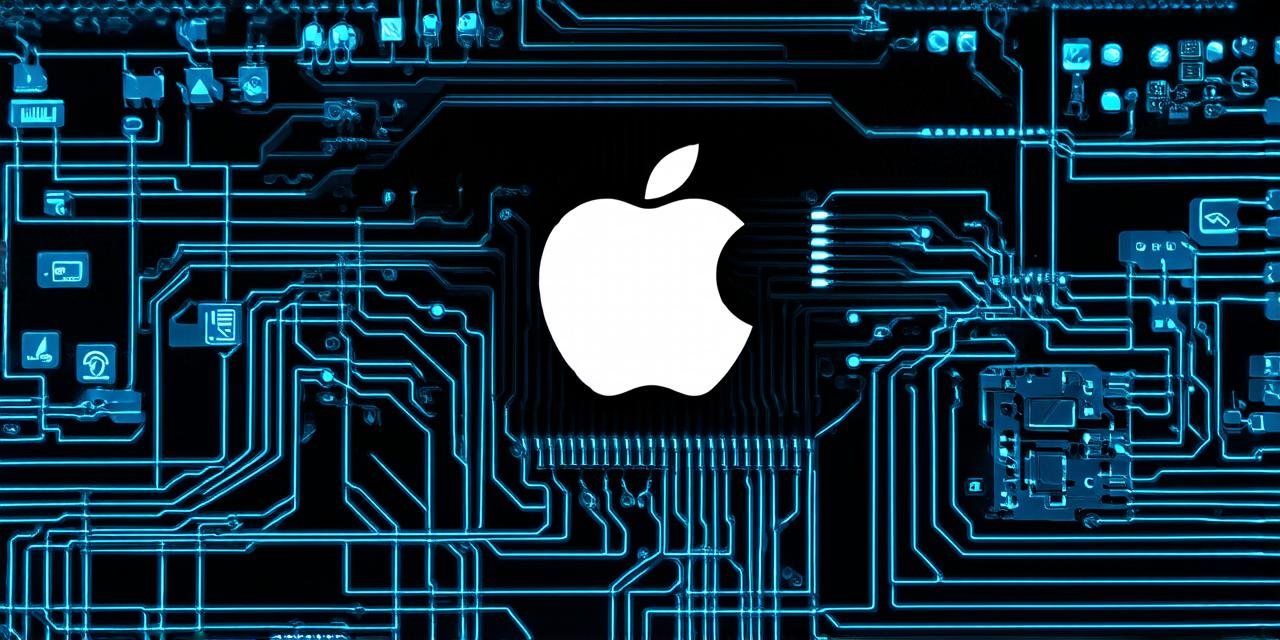A brief overview of iOS 13
iOS 13 is Apple’s latest mobile operating system, released on September 19, 2019. The update is available for all eligible devices, including the iPhone XS Max, iPhone XR, iPhone X, iPhone 8 Plus, iPhone 8, iPhone 7 Plus, iPhone 7, iPhone 6s Plus, iPhone 6s, iPhone SE, and iPod touch (6th generation).
Some of the key features of iOS 13 include:
- Dark mode: A new dark theme for improved battery life and easier reading in low-light conditions.
- Sign in with Apple: An alternative sign-in option that uses your Apple ID to log in to third-party apps, without sharing your email or password.
- Improved privacy settings: New options for controlling your data, including the ability to block app tracking and location access.
- Enhanced security measures: A range of new features designed to protect your device from cyber attacks, including enhanced encryption, stronger passwords, and two-factor authentication.
- New gestures: Replacing the home button with a gesture-based navigation system that allows you to switch between apps more easily.
Preparing for iOS 13
As with any major software update, it’s important for developers to prepare their apps for the new version of iOS. Here are some tips for getting started:
- Test your app on a physical device or simulator running iOS 13 to identify any compatibility issues.
- Check if you need to make any code changes to take advantage of new features or APIs in iOS 13.
- Ensure that your app is optimized for the dark mode feature.
- Make sure that your app adheres to Apple’s guidelines for privacy and security.
Timeline for iOS 13 release

The official release date for iOS 13 was on September 19, 2019. However, depending on your device and carrier, you may not receive the update immediately. Here is a rough timeline for when iOS
